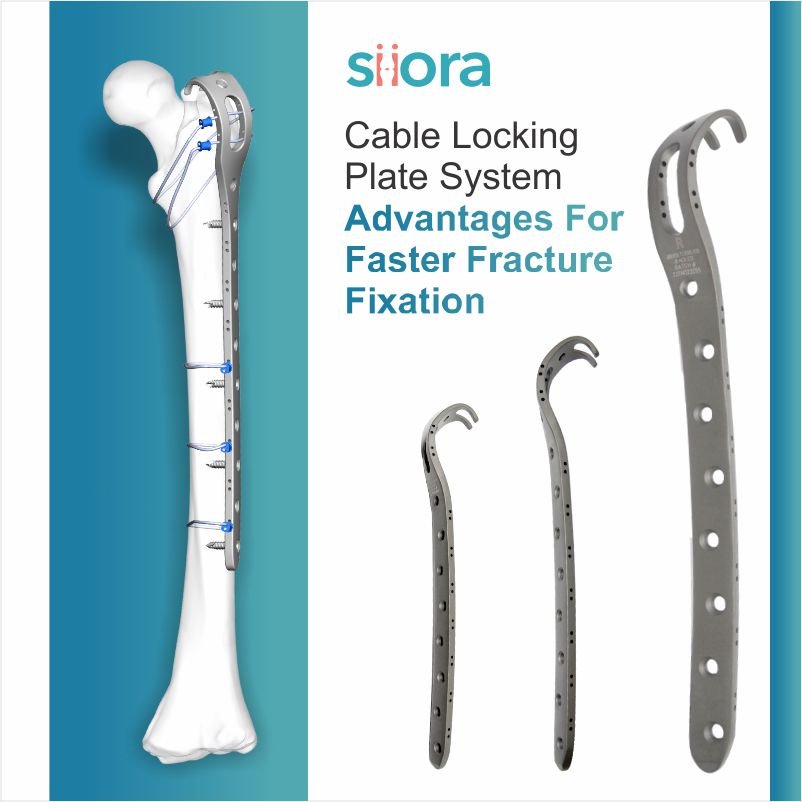Your thighbone (femur) is the strongest and longest bone in your body. As the femur is so strong, it often takes a lot of force to break it. Motor vehicle collisions, for instance, are the number one reason for femur fractures.
The straight, long part of the femur is known as the femoral shaft. When there is a break in any part along this bone length, it is known as a femoral shaft fracture. This kind of broken leg almost every time needs surgery to heal.
The femoral shaft runs from below the hip to wherever the bone starts to widen at the knee.
Types of femoral shaft fractures
Femur fractures differ greatly, depending on the force that causes the break. The parts of the bone may line up properly (stable fracture) or be out of alignment (displaced fracture). The skin around the fracture can be intact (closed fracture) or the bone might puncture the skin (open fracture).
Doctors describe fractures utilizing a classification system. Femur fractures are classified relying on:
- The fracture site (the femoral shaft is divided into thirds: proximal, middle, distal)
- The fracture pattern (for instance, the bone can break in various directions, such as lengthwise, crosswise, or in the middle)
- Whether the muscles and skin over the bone is torn by the injury
The most common kinds of femoral shaft fractures include:
Transverse fracture: In this kind of fracture, the break is a straight horizontal line going across the femoral shaft.
Oblique fracture: This kind of fracture has an angled line across the shaft.
Spiral fracture: The fracture line encircles the shaft just like the strips on a candy cane. A twisting force to the thigh causes this kind of fracture.
Comminuted fracture: In this kind of fracture, the bone has broken into 3 or more parts. In most cases, the number of bone fragments corresponds with the volume of force required to break the bone.
Open fracture: If a bone breaks in such a way that bone fragments stick out through the skin or a wound penetrates right down to the broken bone, the fracture is referred to as an open or compound fracture. Besides this, open fractures usually involve much more harm to the surrounding muscles, ligaments, and tendons. They have a higher risk of complications- particularly infections- and take an extended time to heal.
Cause
Femoral shaft fractures in youngsters are common because of some sort of high-energy collision. However, the most common reason of femoral shaft fracture is a motorcycle or motor vehicle crash. Being hit by a car while walking is another common cause, as are gunshot wounds and falls from heights.
A lower-force incident, like a fall from standing, can cause a femoral shaft fracture in elderly people who have weaker bones.
Symptoms
A femoral shaft fracture often causes immediate, severe pain. You will not be able to put weight on the injured leg, and it can look deformed- shorter than the other leg and now not straight.
Siora Surgicals Pvt. Ltd. is a renowned manufacturer of Orthopedic Implants and Instruments. It offers multiple Bone Plates – conventional as well as Locking Plates, Anatomical Plates for different types and locations of Femur fractures as also an Interlocking Nailing System. Besides this, the implant range is supplemented with special Orthopedic Instruments to assist the Orthopedic Surgeon to properly place the chosen implant at the Femur fracture site and the best implants can be supplied by Trauma Implants Manufacturer.








